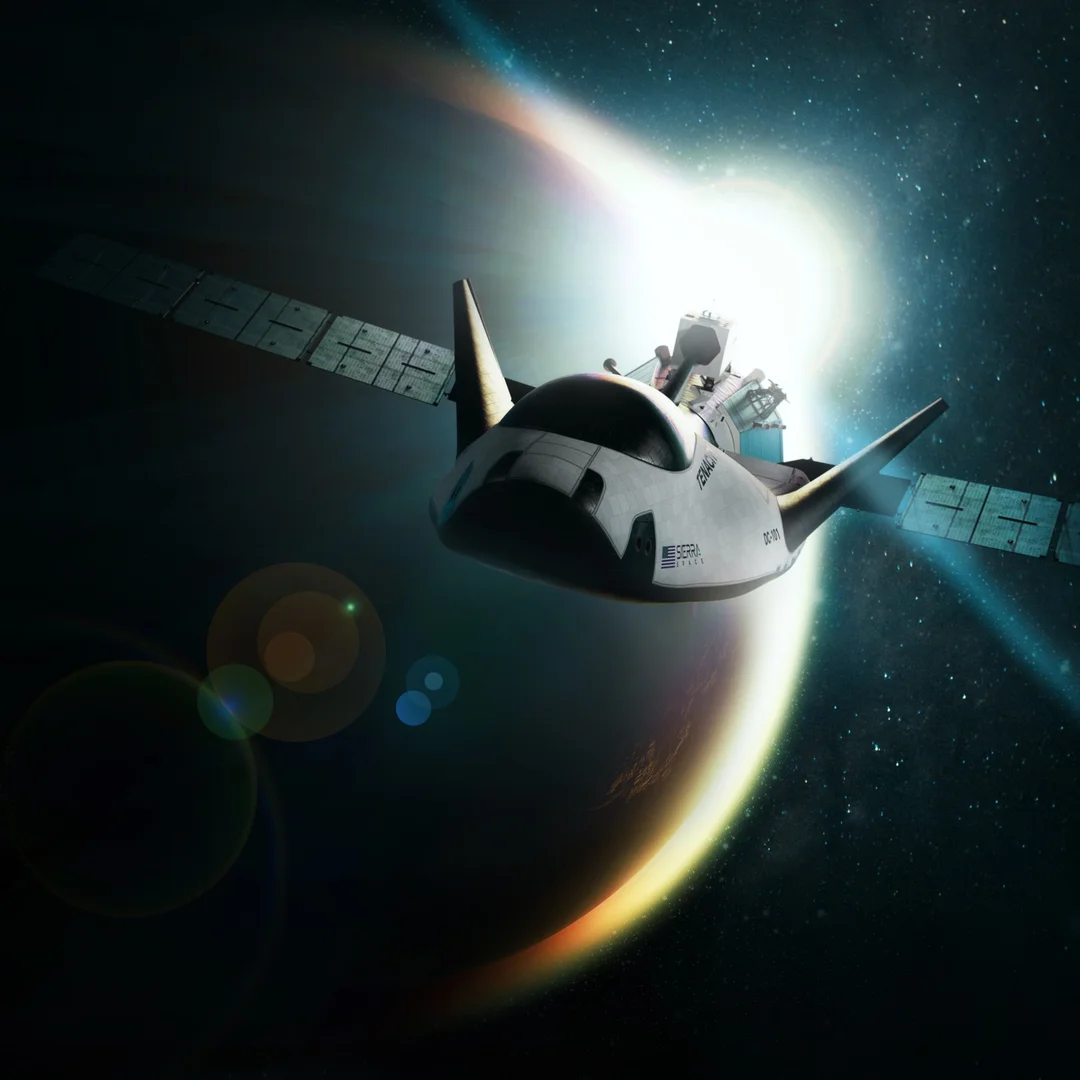
Space Crystals: The Future of Drug Development is Orbiting Earth
Imagine a future where chemotherapy sessions are replaced by simple injections, self-administered at home. This isn't science fiction; it's the ambitious goal of companies like Sierra Space and Eascra, who are pioneering the use of space to develop better drugs. The key? Space crystals. But why space?

Crystals grown in space exhibit superior qualities compared to those on Earth. According to the ISS National Lab, the microgravity environment allows for a slower, more uniform movement of molecules into a crystalline lattice. This results in more stable and consistent structures, crucial for advanced drug delivery systems. Monoclonal antibodies, for example, benefit greatly from crystallization, paving the way for subcutaneous delivery mechanisms.
The idea of space crystal research isn't new. It began in the early ‘80s, but high costs and the harsh return journey limited its potential. NASA's Space Shuttle missions, while groundbreaking, proved too expensive. The real game-changer is the emergence of companies like SpaceX, significantly reducing the cost of sending cargo into space. However, the problem of shock during reentry remained.
Sierra Space's Dream Chaser aims to solve both the cost and shock challenges. This reusable space plane, reminiscent of the Space Shuttle but smaller and more efficient, promises a gentle return to Earth. Dr. Tom Marshburn, chief astronaut at Sierra, highlights the problem of capsule landings that can be equivalent to a 20mph car crash for sensitive cargo. Dream Chaser, however, is designed for cargo to be offloaded within an hour after landing, minimizing any potential damage. "It can do a precision landing anywhere a 737 can land," said Dr. Marshburn.

Sierra Space is partnering with Merck to test a 3D-printed module on the ISS, paving the way for space manufacturing. Eascra, a startup based in Worcester, Mass., is also making strides by developing Janus Base Nanoparticles (JBNs) in space. Their research shows that space-grown JBNs are more uniform and can maintain mRNA at room temperature for extended periods - critical for future medication development.
Meagan Crawford from SpaceFund points out that space planes have a logistic advantage by being able to bring down twice as much as they take up. This makes space planes very attractive when it comes to manufacturing and development in orbit.
However, the path to FDA approval for space-made medicine is long, likely taking close to a decade. Will Bruey, co-founder Varda Space Industries hopes that space will soon become another laboratory.
The implications are far-reaching. Beyond pharmaceuticals, space manufacturing could revolutionize industries like processor production. Space Forge, for example, plans to grow processor substrates in orbit, another area where gentle touchdowns are key. Will space truly become the new frontier for medicine and manufacturing?
What do you think about the potential of drugs made in space? Share your thoughts and opinions in the comments below!